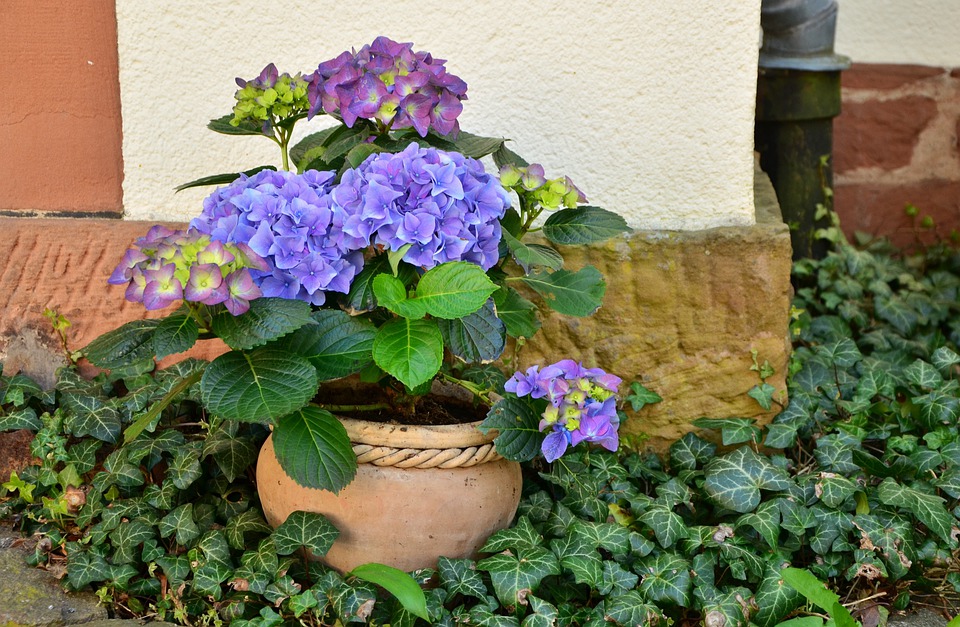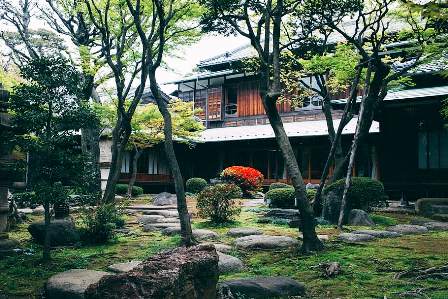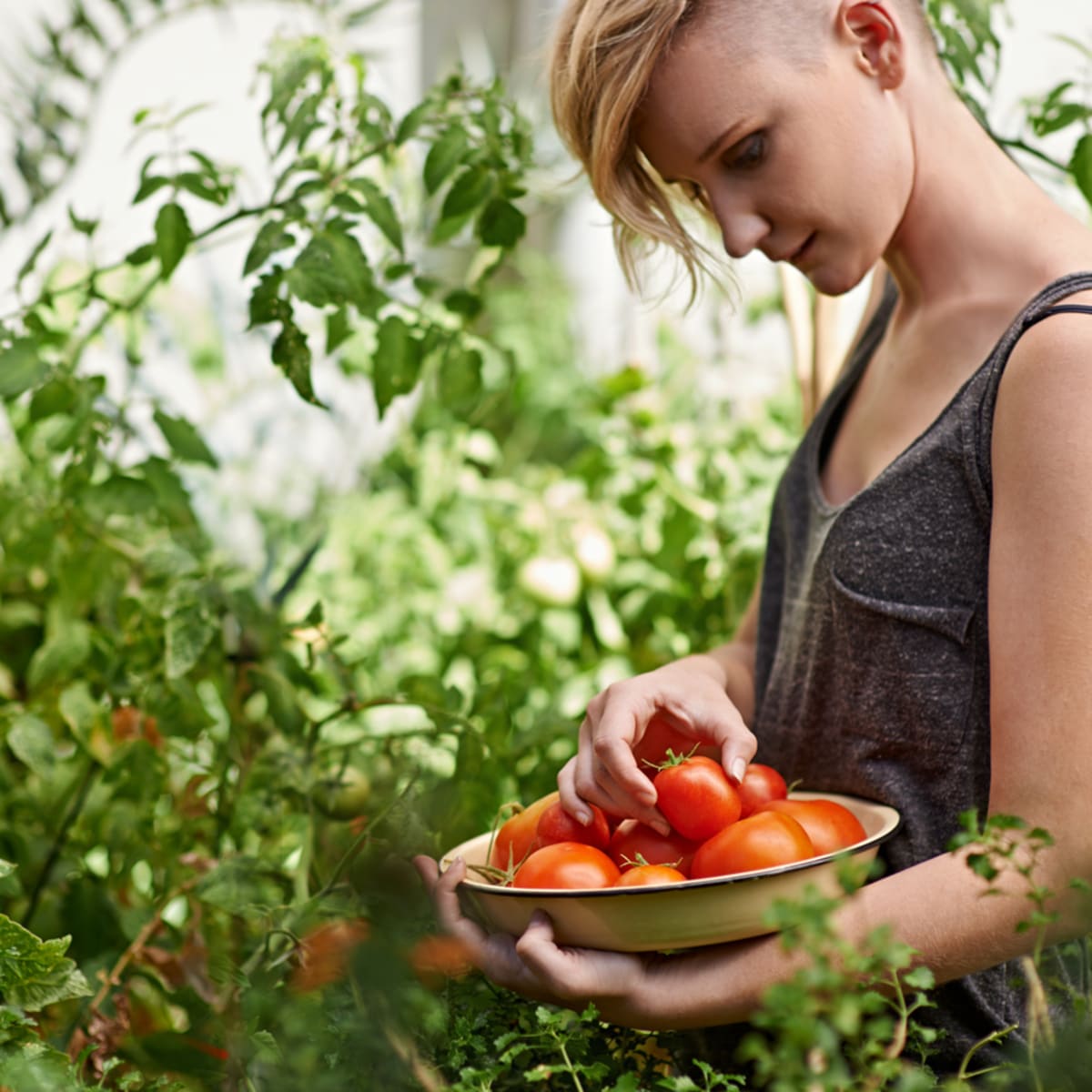Caring for potted plants inevitably involves a repotting phase. This allows them to grow in better conditions, with fresher soil and more space. However, this process must be done with great care for the health of the plants. Therefore, it is necessary to avoid common mistakes when repotting.
Here are a few tips to help you out!
1) Choosing the Wrong Pot Size
When people talk about repotting, they are talking about changing the size of the pot. And this criterion is essential. For a plant to grow well, it must be planted in a pot that is the right size. Therefore, in a pot that is too small, the roots will feel cramped and prevent the plant from growing correctly. Conversely, in a pot that is too large, the roots will be exhausted, which may be detrimental to the plant. In both cases, the plant health will suffer. Therefore, it is important to always choose a new pot larger than the one you have used. This will ensure that there is enough space for the roots to grow. It will also reduce the amount of water that remains in the pot, thus avoiding saturation, which can be detrimental to the plants.
2) Leaving the Drain Unattended
Drainage is part of the repotting process to ensure optimal plant health. Therefore, new pots for plants must have drainage holes through which water for irrigation can flow. Have you ever bought a pot without holes? Don’t panic, just use a knife or screwdriver to make a hole in the bottom of the pot. Consider placing clay pellets, gravel, or potting debris on the bottom of the pot to improve drainage. Fertilizer is also recommended to improve the nutritional status of potted plants.
3) Repotting Plants in The Wrong Season
Even if you are inclined to garden in the middle of winter, plants cannot be repotted at any time of the year. Always wait until spring or summer to replant. These warmer, milder seasons are better suited for change because fall and winter are cold and risk deadly transplant shock.
4) Breaking the Roots
Rootball can be very confusing and really hard to untangle. Trying to separate the roots can also be the cause. Breaking them can be detrimental to the plant’s health and future growth. Take great care when repotting plants.
Begin by patting the bottom of the pot before placing it. With one hand, grasp the base of the stem. On the other hand, very carefully loosen the rootball. If the rootball begins to resist, start tapping again. The roots may have become entangled and too hard. In this case, soak the rootball in water for several hours. This will loosen the tangled roots and allow them to detach easily from the rootball. Always act gently.

5) Using Unsuitable Soil for Plants
Each type of plant corresponds to a type of soil. So, for example, if you are replanting a rubber tree or yucca, choose soil with larger particles, such as perlite or lava rock. Roots will develop well, and drainage will be maximized.
Usually, the package of potting soil will indicate which plants it is suitable for. On the other hand, when repotting cacti, choose a soil composed primarily of pozzolan, sand, loam, or peat.
6) Lack of Water and Light
After repotting, many people water the plants as before, but plants that have been moved to larger containers need more soil and, therefore naturally require more water. In fact, they should be watered generously immediately after repotting. This way, the water on the soil’s surface evaporates quickly, and the moisture is retained in the subsoil.
Another precaution is to keep the plants out of direct sunlight after repotting. Try to keep them in filtered light for at least the first few weeks.
Do you have any other tips? Let us know in the comments below!



